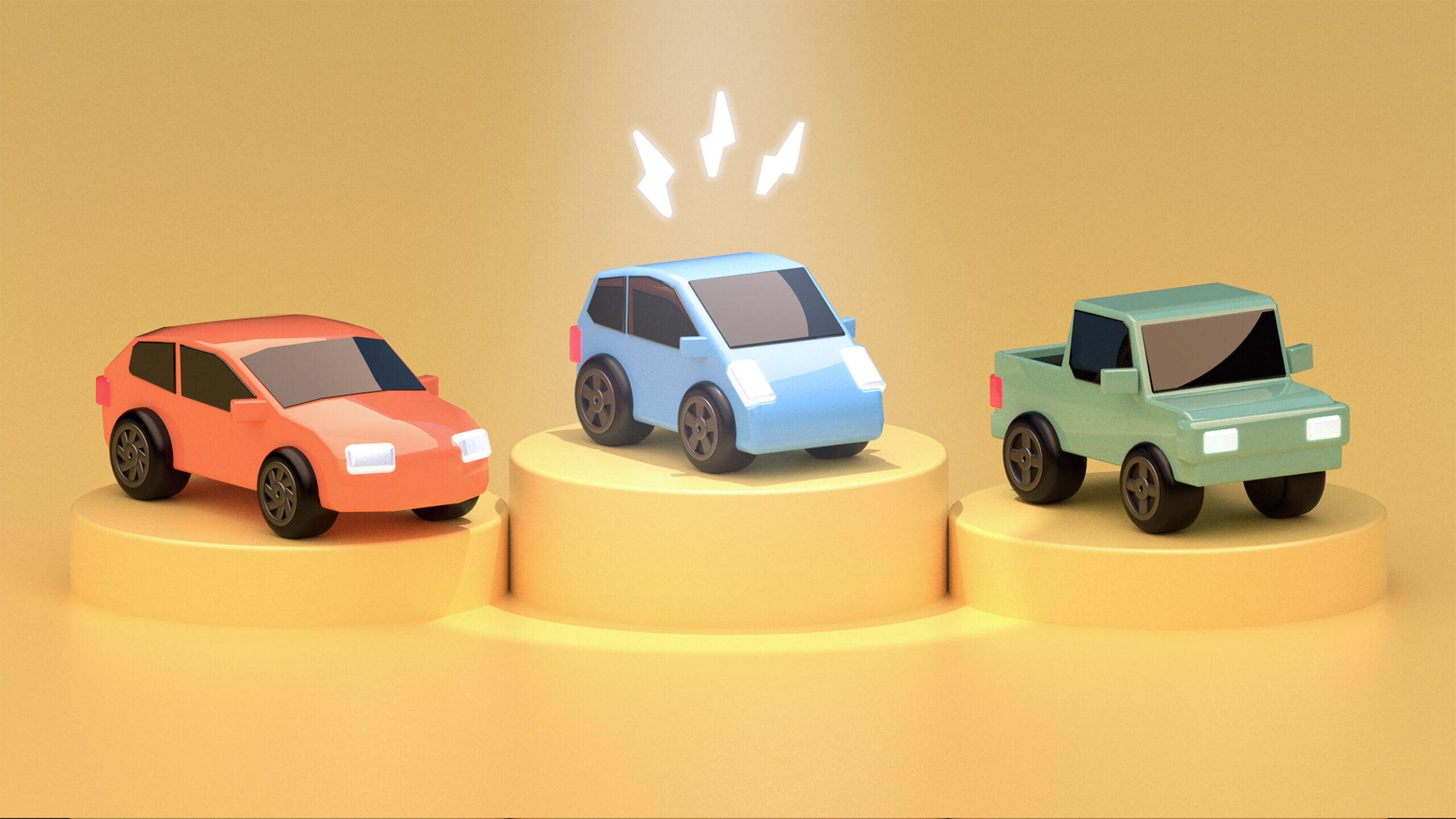
In the ever-evolving world of automotive design, one question has sparked a considerable debate: Should electric vehicles (EVs) look different from their conventional counterparts?
This topic has gained significant traction in recent years as the demand for electric vehicles continues to rise, and more automakers are entering the market with their electric offerings. Let’s plunge into this intriguing subject and explore its various perspectives.
The Argument for Differentiating Electric Vehicles
Proponents of making electric vehicles visually distinct from conventional cars argue that a unique design language for EVs can be beneficial in several ways. Firstly, it allows for clear identification, enabling pedestrians and other road users to recognize an electric vehicle at a glance. This recognition fosters safety, particularly in urban environments where EVs operate quietly.
Secondly, a distinct design can create a new visual identity for electric mobility. Electric vehicles represent a paradigm shift in transportation, and their appearance should reflect this transformative change. By embracing distinctive design elements, EVs can establish themselves as symbols of sustainability and innovation, attracting consumers who desire to make a statement about their commitment to a greener future.
Moreover, a unique aesthetic can help generate excitement and buzz around electric vehicles. Given that many people still associate EVs with limited range and performance, a visually appealing design can challenge these preconceptions and make electric cars more appealing to a broader audience. By standing out from conventional cars, EVs can capture attention and pique curiosity, encouraging potential buyers to explore the world of electric mobility.
Preserving Familiarity: The Counterargument
On the other side of the debate, some argue that electric vehicles should closely resemble conventional cars to ensure a seamless transition for consumers. They contend that if EVs look drastically different, it may alienate potential buyers accustomed to the familiar appearance of traditional automobiles. By adopting a similar design language, electric vehicles can alleviate concerns about the unknown and offer a sense of familiarity to drivers switching from gasoline-powered cars.
Maintaining a conventional aesthetic for EVs also enables automakers to leverage existing brand equity. Established car manufacturers have spent decades refining their design philosophies and cultivating a strong customer base. By incorporating familiar elements into their electric offerings, automakers can that leverage the trust and loyalty they have already established with consumers, making the transition to electric vehicles more seamless and appealing.
Additionally, a unified design language between conventional and electric vehicles can create a sense of cohesion on the roads. It promotes inclusivity and avoids the segregation of different types of vehicles, fostering a harmonious coexistence between electric and gasoline-powered cars. This unity may help dispel any notion that electric vehicles are “strange” or “otherworldly,” facilitating a broader acceptance of electric mobility in society.
Striking a Balance
As with many complex debates, finding a middle ground could be the most prudent approach. Automakers can strive for a design language that blends unique elements to distinguish electric vehicles while maintaining certain familiar aspects. This balanced approach allows for the visual identification of electric vehicles without creating a stark divide between them and conventional cars.
For instance, distinct lighting signatures, aerodynamic enhancements, and subtle design cues can be incorporated into electric vehicles while preserving familiar body shapes and proportions. This approach strikes a balance between differentiation and familiarity, catering to consumers seeking innovative designs and those desiring a smooth transition to electric mobility.
Wrapping Up
Whether electric vehicles should look different from conventional cars is complex, encompassing various considerations. While there are valid arguments on both sides, a balanced approach that distinguishes EVs without alienating potential buyers seems the most promising way forward. By creating visually appealing and innovative designs, electric vehicles can capture attention, challenge preconceptions, and contribute to a greener future of transportation.

Abhishek Anand is the founder of Skill Bud Technologies Pvt. Ltd. He is also an author,
speaker and mentor.